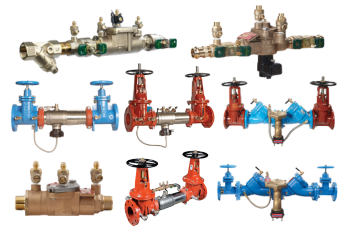
2-Way Ball Valves
2-Way Ball Valves
Shop 2-Way Ball Valves Shop Now
3-Way Ball Valves
3-Way Ball Valves
Shop 3-Way Ball Valves Shop Now
Butterfly Valves
Industrial Butterfly Valves
Shop Industrial Butterfly Valves Shop Now
Check Valves
Industrial Check Valves
Shop Industrial Check Valves Shop Now
Steam Traps
Steam Traps
Shop Steam Traps Shop Now
Solenoid Valves
Electric Solenoid Valves
Shop Electric Solenoid Valves Shop Now
Regulators
Pressure Regulators
Shop Pressure Regulators Shop Now
Control Valves
Control Valves
Shop Control Valves Shop Now
Gate Valves
Gate Valves
Shop Gate Valves Shop Now
Needle Valves
Needle Valves
Shop Needle Valves Shop Now
Backflow Preventors
Backflow Preventers
Shop Backflow Preventers Shop Now
Air Filter-Regulator-Lubricators (FRLs)
Air Filter Regulator Lubricators (FRLs)
Shop Air Filter Regulator Lubricators (FRLs) Shop Now
Angle Seat Valves
Angle Seat Valves
Shop Angle Seat Valves Shop Now
Diaphragm Valves
Diaphragm Valves
Shop Diaphragm Valves Shop Now
Plug Valves
Plug Valves
Shop Plug Valves Shop Now
Globe Valves
Globe Valves
Shop Globe Valves Shop Now
Block and Bleed Valves
Block And Bleed Valves
Shop Block And Bleed Valves Shop Now
Safety Relief Valve
Safety Relief Valve
Shop Safety Relief Valve Shop Now
Actuators & Accessories
Valve Actuators
Shop Valve Actuators Shop Now
 888-825-8800
888-825-8800







